Field hygiene
The topic field hygiene focuses on the post-harvest management of maize, oilseed rape and cereals. The shredding of the harvest residues by mulchers into the smallest possible particles and subsequent mixing into the soil promotes biodegradation, reduces the survival of pathogens and fungi and ensures high-quality food.
Agricultural policy conditions and current market developments have led to closer crop rotations in the past. Due to the short time windows until the new fruit has been ordered, arable measures for post-harvest management and field hygiene are rather short. Nor can all the problems of arable farming with chemical crop protection be solved today. As with soil protection, a high level of precaution against pests and diseases is the primary objective of sustainable land management.
The work steps tillage - sowing - care - harvesting are supplemented today by the important work step post-harvest management / field hygiene. High amounts of harvest residues (100 dt / ha wheat straw) and bulky stubble (maize) are additionally to be comminuted separately by another operation. The following objectives are mainly pursued with this extra operation: (1) The harvest residues are additionally comminuted, because only stalk parts of & lt; 10 cm can be worked into the soil without any physical interference and do not float on the surface. (2) The pest control is in the foreground of maize cultivation: A mechanical comminution should kill as many larvae of the corncracker and destroy the winter quarters at the same time. (3) Furthermore, the diseases Fusarium infestation in wheat and Phoma / Verticilium in oilseed rape must be prevented. Here, the highest demands are placed on shredding and splicing, since the rotting velocity of the residues can be improved by an increased surface area.
For this field hygiene operation mainly sickle or flail mulchers are used. The choice of tools (for example Y-, Hammerschlegel), rotor speed, advancing speed and adjustable rails in the mulcher housing influence the degree of comminution and fraying (= degree of splicing) of the residues. To assess the useful use of mulchers and their quality of work, a BONITURSCHEMA was developed in the institute. In the first step, the basic conditions, such as field surface, habitus of the maize stubble and stubble length are interrogated in order to decide on a meaningful mulching operation. When used, the scheme in step 2 helps to assess the quality of work in terms of size reduction and fiberization, i. To what extent are the goals set for comprehensive prevention of pests and diseases achieved?
Expertise
Through the professional use of mulchers in post-harvest management, integrated farming will create a new building block to prevent pests and diseases, thereby reducing the use of chemical pesticides. The crop residues are also processed in such a way that they are physically evenly incorporated into the soil and are available as food to the soil organisms, in particular the earthworms.
Projects
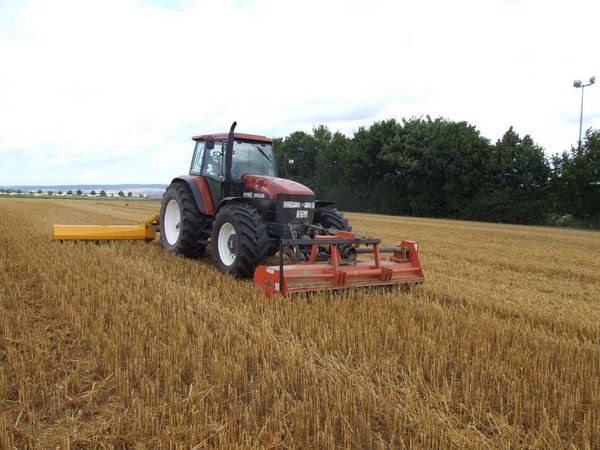
In the project "SMART MULCHER" a rating concept was developed for the evaluation of the degree of comminution of stubble of different cultures. The results from the field trials describe the mode of operation of different mulchers. The examined mulchers convinced by a good preparation of the standing stubble. According to the current state of knowledge, this is sufficient to solve hygiene problems and thus to introduce precautionary strategies against pests and diseases. By optimizing the logistics, lying stubble can be avoided because they are not covered by mulching and are a hygiene problem.

![[Translate to English:] [Translate to English:]](/media/_processed_/3/6/csm_Hintergrund-Ausschnitt1_9daaef6b89.jpeg)
![[Translate to English:] [Translate to English:]](/media/_processed_/3/6/csm_Hintergrund-Ausschnitt1_0bd7111163.jpeg)
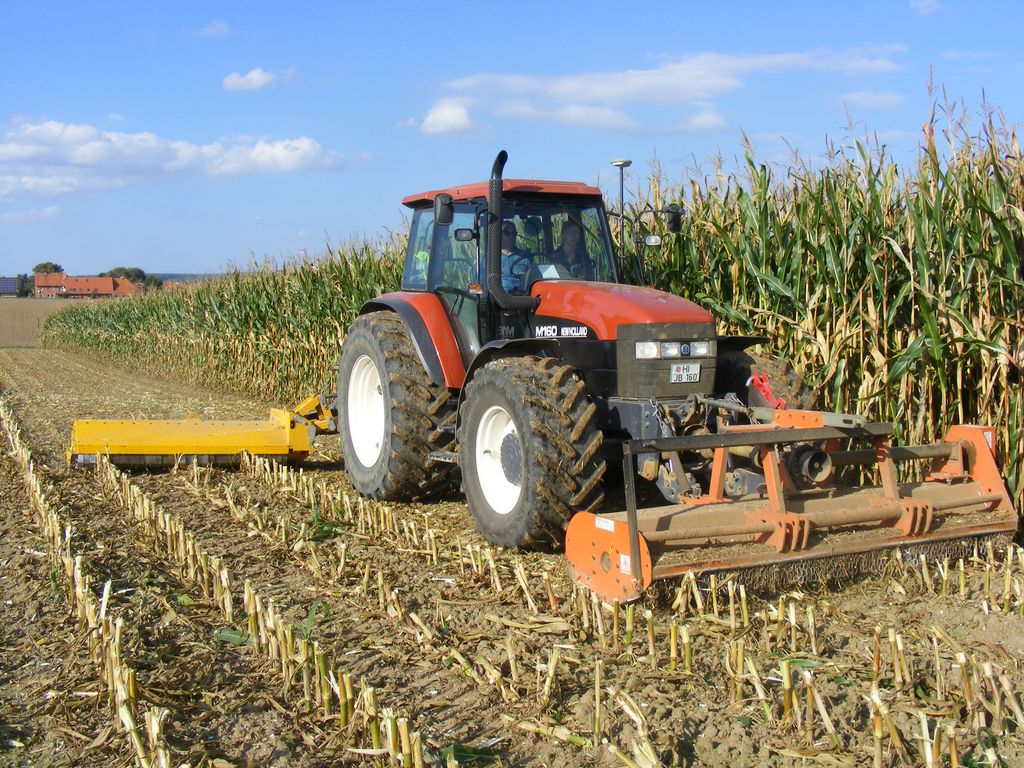
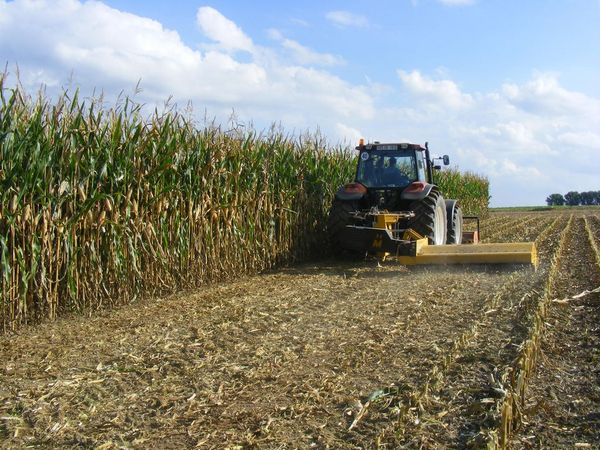
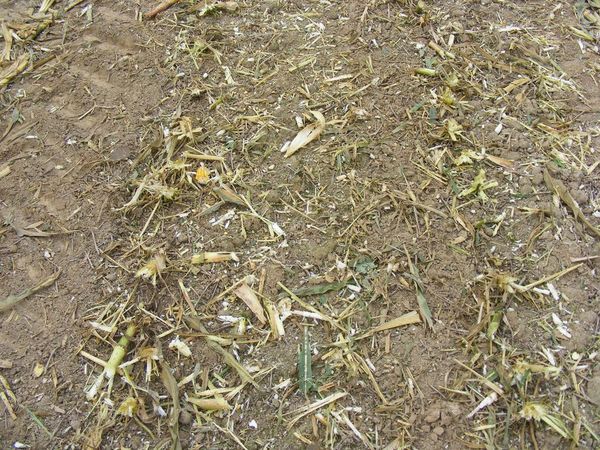
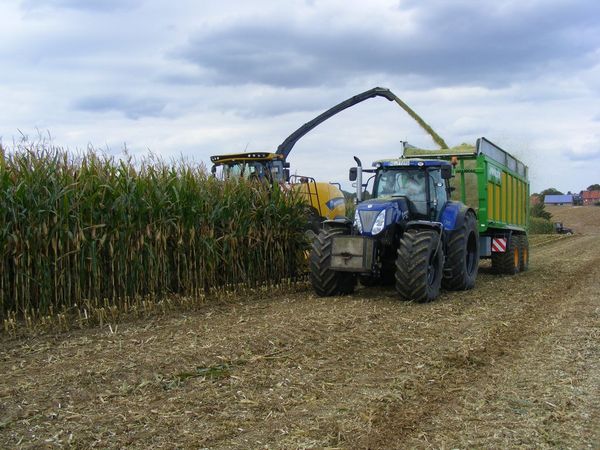
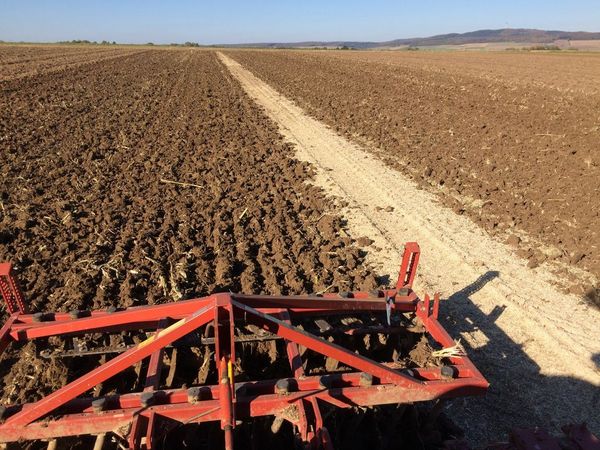
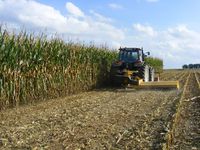
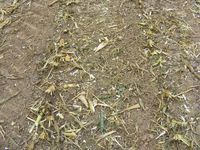
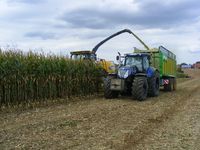
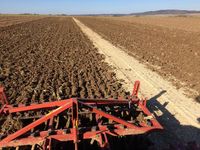
![[Translate to English:] Logo des Bundesministerium für Ernährung und Landwirtschaft](/media/allgemein/logos/BMEL_Logo.svg)